Driving Licence-Seekers: BRTA struggles to handle rush
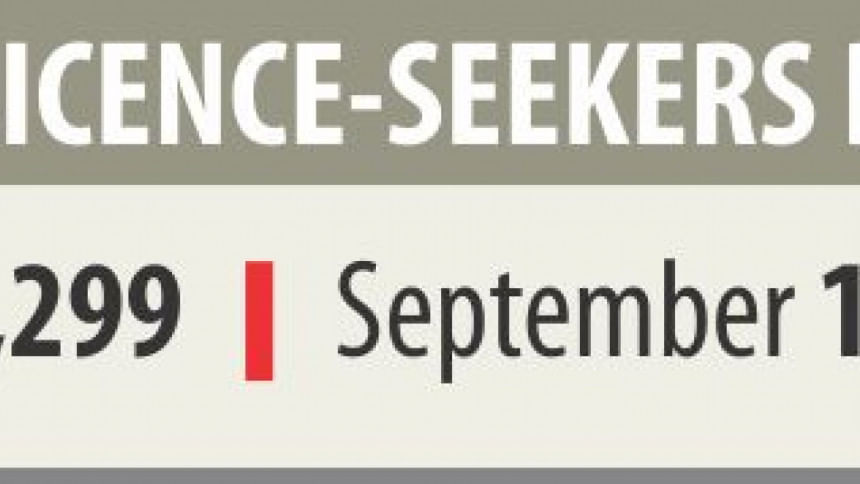
The number of driving licence-seekers has seen a sharp rise following the unprecedented student protest for road safety in July-August, and the authorities are struggling to cope with the pressure due to inadequate training facilities and manpower.
In August, the Bangladesh Road Transport Authority (BRTA) received 114,299 applications, more than double the number of applications it received the month before the movement began. The rise continued in September, reaching an astounding 130,894. There was a slight decline in October, with 94,107 applications filed.
As of July, some 3,536,000 vehicles were registered with the BRTA. Against this, 2,639,000 driving licences were issued, meaning no licences were taken for the rest 8,97,000 vehicles.
Many of these vehicles may be hitting the road every day with unprofessional and improperly-trained drivers behind the wheel.
However, the rush of driving licence-seekers, a contributing effect of the student agitation demanding safer roads following the death of two college students in a road accident in the capital on July 29, has exposed two poorly-managed aspects of country's transport sector.
First, the BRTA is struggling to handle the pressure with its limited workforce and the training facilities. And second, there is a general lack of awareness about institutional training among professional drivers.
Under the existing law, applicants need to undergo three tests -- written, oral and practical -- to get the licence for light vehicles such as cars and microbuses.
For medium vehicles, one must have three years' experience of driving light vehicles and then take an authorised test. For heavy vehicles, they must gather three years' experience in driving medium vehicles and then appear for another test.
To pass the tests, the applicants must know the basic traffic rules and safety issues. But training facilities, especially for heavy vehicles, are inadequate.
The BRTC, the state-owned transport corporation, runs three institutes and 14 centres that can train some 22,000 people a year. But these centres hardly attract students as many of them are outside Dhaka, said a BRTC official, adding that BRTC trained about 8,000 students last year.
On the other hand, there are 123 BRTA-approved driving schools across the country with 179 instructors, but only a handful of them provide training on driving on heavy vehicles.
Annually, these schools can train up to 25,000 people, said Noor Nabi Shimu, general secretary of Bangladesh Driving School Owners Association.
This means the combined training capacity of the BRTA-approved driving schools and the BRTC is much less than the current demand.
Many unauthorised driving schools are taking advantage of the situation.
“They lure people with assurance of providing licences. These schools manage licences through brokers active at BRTA offices,” he added.
Besides, there is little awareness about institutional training among professional drivers in Bangladesh. Here, many drivers and helpers of heavy vehicles like bus and truck learn driving from their “ostad” (seniors). Since they do not take any formal training, they are not familiar with even basic traffic rules, said Noor.
On the other hand, the BRTA is struggling to handle the pressure of the licence-seekers with its “very limited” manpower, said Nurul Islam, its director (engineering).
At least 154 of its 823 posts are now vacant. Recently, the BRTA sent a proposal to the road and bridges ministry to enhance the workforce, officials said.
In its 2017-18 annual report, the BRTA said their service expanded over the years, but they cannot provide expected service because of limited manpower.
There is a driving competency broad for every district with additional boards for each metropolitan. In Dhaka, licences are provided from three metro circles -- Mirpur, Uttara and Keraniganj (Ikuria).
The boards in districts usually conduct tests once or twice a month depending on the flow of applicants, said the BRTA director.
“In Dhaka Metro Circle-1, we used to take tests on four days a week but now we are taking tests on six days. Still we are struggling to cope with the flow of licence-seekers,” said Nurul.
District and circle offices have also enhanced their activities despite inadequate manpower, he added.
Transport expert Prof Moazzem Hossain said the rise in the number of licence-seekers was a good sign. But it might not bring positive results if the government fails to increase training facilities and manpower.
“The situation might deteriorate if licences are issued without proper training,” said Moazzem, a former director of the Accident Research Institute at Buet.
He called upon the government to invest more on training to ensure that Bangladeshi driving licences are accepted globally.
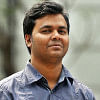
 For all latest news, follow The Daily Star's Google News channel.
For all latest news, follow The Daily Star's Google News channel. 



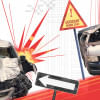
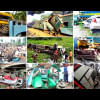
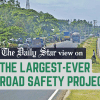


Comments